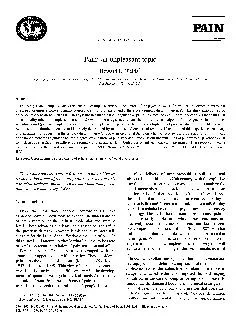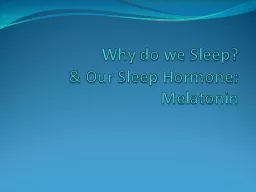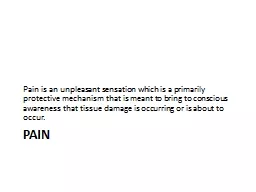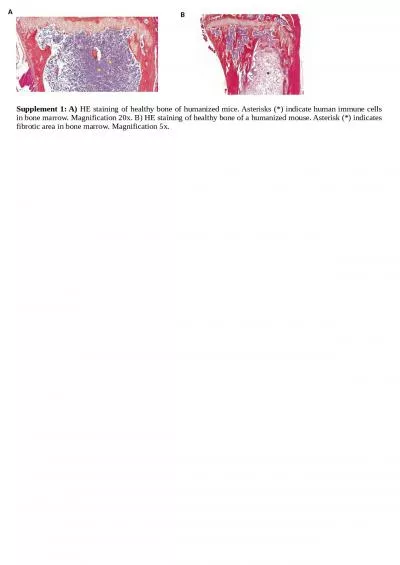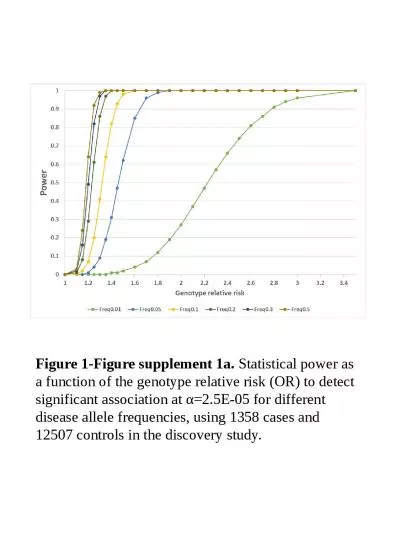PDF-Pain Supplement 6 (1999) X-S69 PAIN Pain: an unpleasant topic Howard L
Author : lois-ondreau | Published Date : 2015-11-27
S62 Fir1dc Pain Supplement 6 1999 XI359 and helpseeking Each of these is a behavior that reflects a motivational demand This motivational demand explains the power
Presentation Embed Code
Download Presentation
Download Presentation The PPT/PDF document "Pain Supplement 6 (1999) X-S69 PAIN Pain..." is the property of its rightful owner. Permission is granted to download and print the materials on this website for personal, non-commercial use only, and to display it on your personal computer provided you do not modify the materials and that you retain all copyright notices contained in the materials. By downloading content from our website, you accept the terms of this agreement.
Pain Supplement 6 (1999) X-S69 PAIN Pain: an unpleasant topic Howard L: Transcript
Download Rules Of Document
"Pain Supplement 6 (1999) X-S69 PAIN Pain: an unpleasant topic Howard L"The content belongs to its owner. You may download and print it for personal use, without modification, and keep all copyright notices. By downloading, you agree to these terms.
Related Documents

